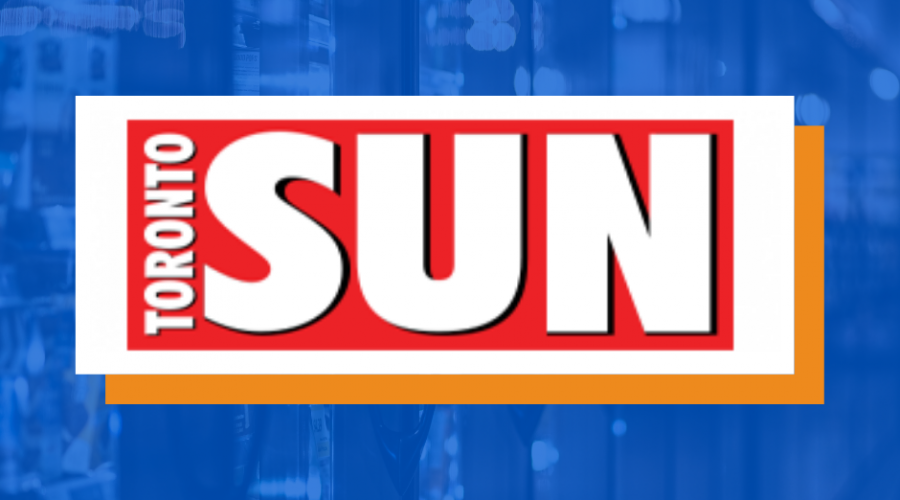Ontario cannabis lottery was a disaster. It should be the last
Ontario’s second cannabis retail lottery on Aug. 20 was set up to license an additional 42 stores, which would bring the province’s retail market to the unreasonably low total of 75 stores. Compare that to Alberta, which has 277 licensed cannabis retailers to serve a population of 4.3 million (30 per cent of Ontario’s). The small number of legal stores is a huge problem for Ontario given the persistent nature of the black market. Consumers need retail access in order for the legal market to crowd out the illegal market, and Ontario is clearly behind.
The Ontario cannabis lottery system has been nothing short of a complete disaster. In the second round, there have been numerous issues and peculiarities that are concerning. For each lottery entry, a physical address was required. Once the lottery results were announced, it became quite clear that the system was gamed by those who wanted to submit numerous applications. In one instance, a specific location was entered into the lottery 173 times, with the average amount of entries per winning address a staggering 24 times. This gamesmanship has led some toaccuse the system of being stacked against small businesses, because larger entities could afford to submit hundreds of entries at $75 an entry.
While it is understandable that a prospective business would want to increase their odds of getting chosen, by submitting multiple applications, the mess that the lottery has created clearly shows that the lottery system was a mistake to begin with. On Oct. 1, 2018, then-Ontario Attorney-General Caroline Mulroney explained that Ontario’s cannabis retail market would be one that was uncapped. Specifically, she said: “To ensure we combat the illegal market effectively, the total number of retail store authorizations will be limited only by market demand. We believe this is the right approach.”
An uncapped retail licence system would significantly aid in consumer access, which would ultimately make the legal market more attractive than the black market. Premier Doug Ford’s Progressive Conservative government obviously knows this, which makes one wonder why they are waiting so long to move ahead with the plan.
At several points, the provincial government has stated that supply issues, caused by the federal government, is the justification for the slow approach. Specifically, the government worries that if too many storefronts are allowed, while supply issues exist, that many stores will go out of business. There are certainly supply issues that are created, or at least maintained, by the federal government. That said, the claim that those supply issues justify so few storefronts doesn’t add up.
Supply issues aren’t a proper justification for limiting licences because the Ontario government doesn’t act this way for other businesses that sell age-prohibited goods such as alcohol licences for restaurants, bars, or clubs even though the failure rate for these businesses is more than 60 per cent. The prospect of business failure isn’t a particularly convincing justification for the lottery once you factor in how the province handles alcohol licences.
Beyond the hypocrisy of how the government deals with different industries, the lottery is also misguided because there isn’t evidence that the shortages are really limiting profitability for storefronts. Again, looking at Alberta, it becomes clear that whatever the supply shortages may be, they aren’t bad enough to significantly damage the retail market. Despite being significantly smaller in size, the Alberta cannabis market actually outsold Ontario from Oct. 17, 2018, the day it was legalized, to June, 2019. In that time period, Alberta outlets sold $123-million worth of product, while Ontario sold $121-million. This is relevant because it clearly shows that the Alberta retailers can manage through supply issues, so much so that they can outsell a province that is three times larger. If Alberta can have profitable stores having one store for every 15,000 people, then Ontario can certainly do better than having one store for every 190,000 people.
The Ford government initially made the right decision to make Ontario’s retail system uncapped. The retail market should be whatever the market can bear, and the government should treat these retailers as they do restaurants. Having a lottery was a mistake and holding a second lottery was a disaster. In response, the Ford government should announce, as soon as possible, that August’s lottery was Ontario’s last, and that an uncapped market is in the near future.
David Clement is the North American affairs manager with the Consumer Choice Center



